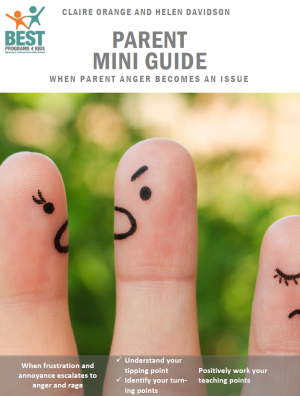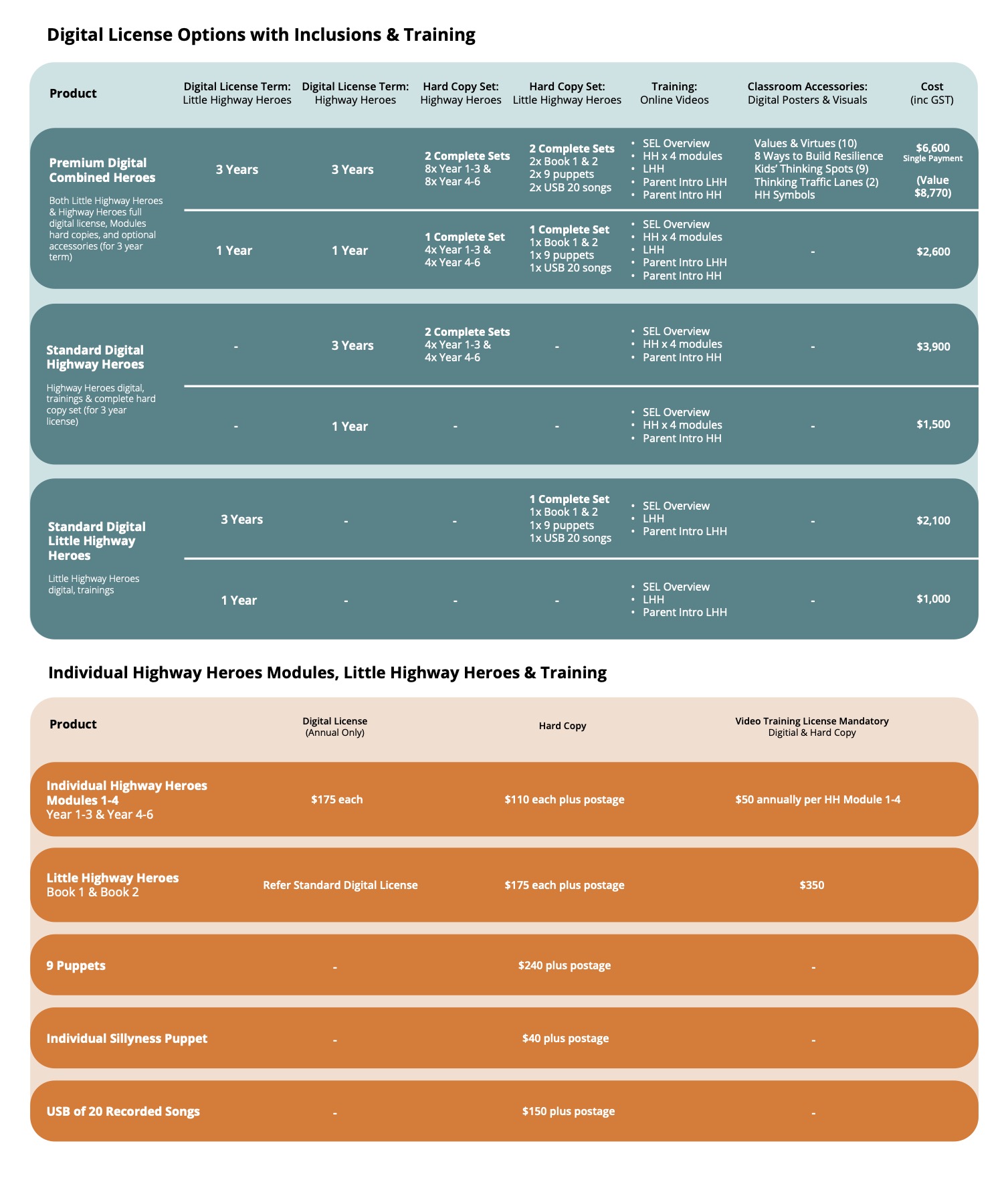Anger is a very normal human emotion. But as with every feeling there’s a range – a bit like the volume control on the radio. It can be turned right down low – barely noticeable or it can be turned up to the point of discomfort to self and to others. We use lots of words to describe anger from irritated, frustrated, annoyed, right through to anger, outrage and rage. Anger has a full spectrum of intensity from mild annoyance right through to uncontrollable rage.
In parent world, with competing demands for attention, emotion and resources, feeling the full gamut of the anger spectrum emotions is possible – in fact, probable. So, the need to draw a line, distinct and defined in the sand between acceptable and even functional anger and damaging, all engulfing and toxic anger – like rage is essential.
Violence, rage and uncontrollable anger is NEVER okay in front of a child; it’s damaging. Full stop. Damaging to a child’s developing awareness of how to cope with life’s challenges, to their psychological balance, to their sense of safety and to their developing relationships. It’s a lose/lose.
It’s simply not good enough to proclaim, “I rage at my kids and they’re fine,” or, “My old man/lady had a real temper and I copped a flogging often – and there’s nothing wrong with me”. Rage, extreme and uncontrolled anger is quite simply, never okay – or acceptable.
Your little sponge
Your child is a sponge – their brain, from the first moment is being shaped through every interaction. From the moment of first contact, your baby is using you to form their templates for understanding life. An adult’s responses to life’s big and little happenings is foundational to a child’s developing template of how to cope with loss, disappointment, unfairness, nastiness – you know, the stuff of life.
Where did you learn about life? What was modelled to you as a child, and how do you now cope with your feelings – as an adult? What process do you have for getting out in front of your feelings before they slam into you, and quite possibly, anyone around you?
Do you, or someone you know struggle with a temper?
Feeling emotionally aroused to the point of ‘seeing red’ or not having control over the raging beast within is tumultuous, perhaps even scary, for the person experiencing it.
For the child who watches mum rage because the school car park is “full of idiots who can’t drive”, finding reasons for dropping off around the corner may form the template for coping with anger that will be present over a lifetime. It might form the template for acquiescing to, and finding ways to skirt around, the threat of abuse from others. For that child, knowing how to manage anger in healthy and positive ways is off to a shaky start. And what about the dad who verbally assaults the umpire or coach, loudly proclaiming decisions to be unfair or just plain stupid? Maybe it’s accompanied by some aggressive stand over tactics, raised voice and threatening body language. What template is being laid down there in that child’s life? That becoming combative or using force and the threat of harm leads to compliance, getting your own way, gaining power? Yes, they’re all possibilities.
Taming a temper
Learning to identify your templates, see your patterns, and explore your responses – particularly those habitual ones – helps to manage anger – and to tame a temper. Through a combination of practices purposefully undertaken, practised often, supported well – and with an identified purpose – success is achieved. Becoming introspective, honest with yourself – and even raw – is the pathway to self-development and change. Here are some ways to think about and achieve change. Here are examples of those practices.
Know your Tipping Point
There is a point at which that feeling of frustration morphs into anger, and then explodes into rage. Do you know what yours is? Is it a steady accumulation of frustrations that build to an inevitable explosion, or instead an unpredictable acceleration from 0 to 100? What are the clues that you’re reaching that tipping point? Here are some common ones:
- jaw tension – clenching, grinding
- neck tension – which may feel like a headache in the back of the head
- shoulder tension – tight, wound up, like a spring
- raging internal voice – loud, distracting, menacing
- clenched fists
Know your Turning Point
There is a point before anger turns ugly where turning back from it is possible. What are the key factors in being able to wrangle a rising temper and stop it turning into out of control anger? Is it space, support or do you recognize the rising tide and manage it before you’re drowning in it?
Here are some suggested techniques that assist:
- Develop a breathing technique that you can use mindfully to manage anger.
- Identify and manage your internal dialogue. Thoughts such as, ‘calm down’, ‘take a break’, it will pass’ have been proven to act more powerfully in calming your brain.
- Move away from the trigger point as soon as you can. Remaining to vent anger, control, dominate or ‘win’, does not work.
- Say out aloud what will be helpful for you. If it’s for space, ask for it unapologetically, clearly and firmly.
Most importantly
It is completely on us, as the adult and as the parent, to get on top of the stuff that is impacting our child. It’s not easy. Each one of us has a past that impacts our present – in good ways and in bad. If you have ‘junk in the trunk’ that you steadily haul around and that changes the way you would like to parent then right now is a good time to sort that out.
Seeking help is a sign of strength – not weakness. Having someone to unravel your emotional responses and work through new and better patterns of thinking and behaving, is the highest form of giving to your child – and the highest form of giving to yourself.
Anger destroys trust, relationships and love. So make the choice to step away from it – either through a concerted effort yourself – or with help to back you up.
If you would like a more detailed look at anger as a parent, we encourage you to look at our Parent Mini-Guide – When parent anger becomes an issue. This will help you to fully understand what happens when anger is a regular and destructive visitor – or even resident.
Should you require further assistance, please do visit the following services for discreet advice and support.
Lifeline: www.lifeline.org.au or call 13 11 14
Reachout: https://au.reachout.com/
Kids Helpline: www.kidshelpline.com.au 1800 55 1800



